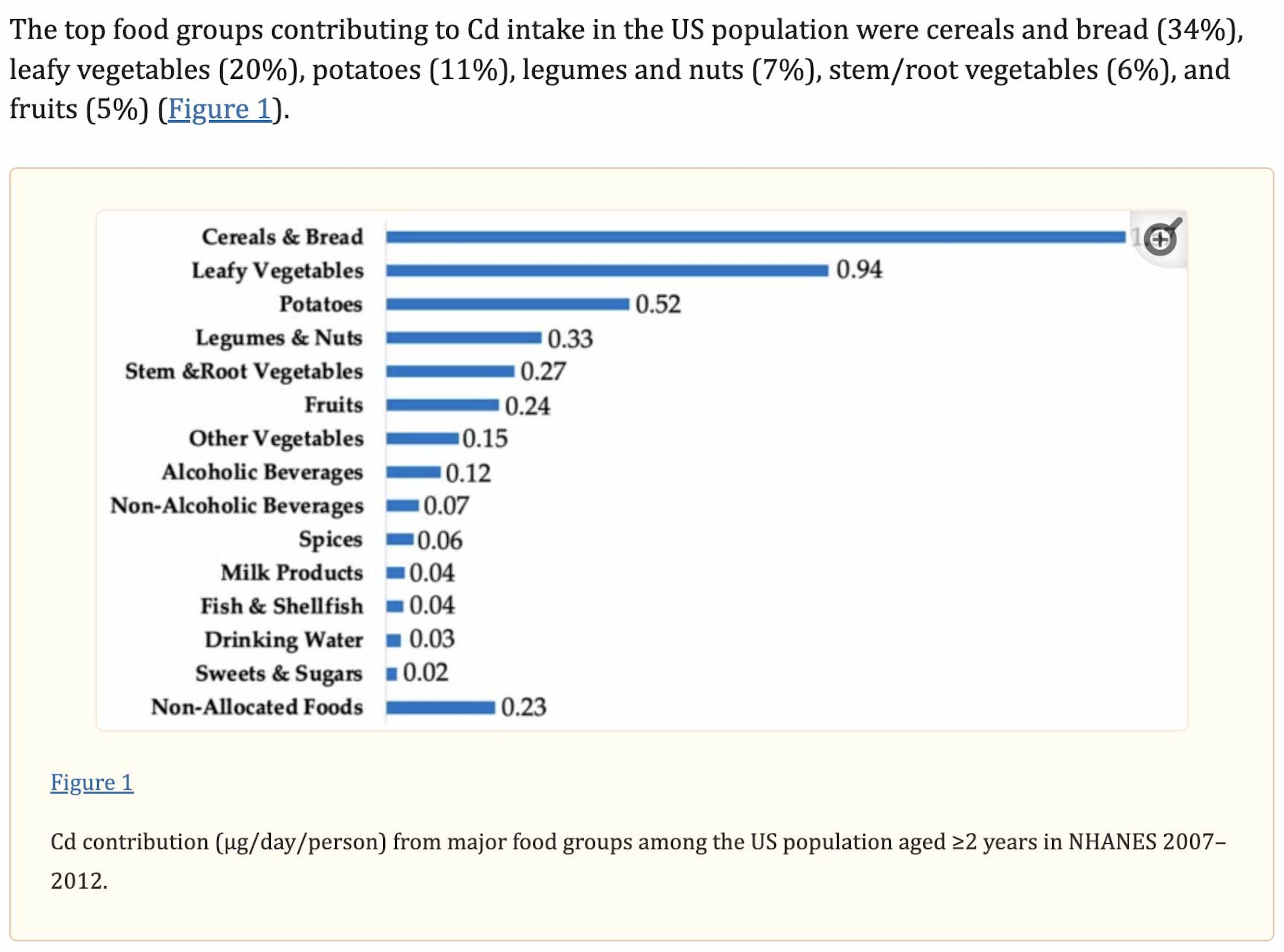Concerns about Chocolate and Heavy Metals
We strive to produce quality chocolates with the lowest heavy metal content. Naturally occurring heavy metal elements such as cadmium and lead are present in all plants that grow in healthy soil because they are natural constituents of the Earth’s crust and have existed on earth since its formation. All natural agricultural products worldwide contain a certain amount of heavy metals and consuming large amounts of these can be bad for your health.
Heavy metals are found in many common food items like leafy greens, tubers, vegetables, legumes, fruits, nuts, seeds, wine and coffee, just to name a few. Luckily, the human body is proficient at purging these through a complex and efficient detoxification system that identifies, sorts and eliminates heavy metals and other toxins from the body as waste. Trace amounts of lead and cadmium are inherent in all cocoa beans. However, cacao trees do not require these metals for developmental growth, so their uptake is minimal.
Cacao trees are mostly known for their ability to extract from the soil beneficial nutrients and minerals like magnesium, copper and iron. This is why cocoa beans are truly revered as a genuine superfood.
At Santa Barbara Chocolate Company, we have forged strong relationships with farmers and suppliers to ensure consistency, safety, and fair trade practices. We test our couverture chocolate products regularly for heavy metals using third party, independent laboratories. Our goal is to stay well below the normal acceptable range established for chocolate according to the stringent California Proposition 65's "clear and sensible guidelines" for chocolate and cocoa companies. Such products that stay below the following guidelines for lead and cadmium content do not require warning labels and are compliant with Prop 65.
These are the California Proposition 65 guidelines for lead and cadmium content in chocolate up to the year 2025.:
% Cacao LEAD CADMIUM
<65% 0.100 ppm 0.400 ppm
65% to 95% 0.150 ppm 0.450 ppm
>95% 0.225 ppm 0.960 ppm
These are the California Proposition 65 guidelines for lead and cadmium content in chocolate and cocoa staring in the year 2025. These are called the drop down limits.:
% Cacao LEAD CADMIUM
<65% 0.065 ppm 0.320 ppm
65% to 95% 0.100 ppm 0.400 ppm
>95% 0.200 ppm 0.800 ppm
****Typically the darker the chocolate the higher the heavy metal content.
Lead: ≤ 0.048 parts per million
Cadmium: ≤ 0.256 parts per million
Lead: ≤ 0.048 parts per million
Cadmium: ≤ 0.460 parts per million
Lead: ≤ 0.0190 parts per million
Cadmium: ≤ 0.215 parts per million
Santa Barbara Chocolate pays a premium price to produce natural cocoa powder that is lower in heavy metals within the established clear and sensible guidelines. The cocoa does not require the CA Prop 65 trigger warning as set for chocolate companies by the State of California settlement.
We have always taken extra steps to avoid heavy metals as much as possible and to provide what we think are the best tasting and healthiest cacao items on the market.
Lead: ≤ 0.0718 parts per million
Cadmium: ≤ 0.150 parts per million
Lead: ≤ 0.0439 parts per million
Cadmium: ≤ 0.561 parts per million
Lead: ≤ 0.0718 parts per million
Cadmium: ≤ 0.150 parts per million
Subject: Strategies for Balancing Heavy Metals and Quality in Chocolate Production
Santa Barbara Chocolate's ongoing efforts to minimize heavy metals in our chocolate production while maintaining product quality.
Heavy metals can enter chocolate during the growth of cacao trees, primarily absorbed from the soil into the cacao fruit seeds. Our approach is holistic and sustainable, considering every step from soil to finished product.
Understanding the variations in production processes is crucial. For instance, adjusting the cocoa butter to fiber ratio can reduce heavy metals. A chocolate bar with 72% cocoa can have different compositions - one might be higher in cocoa butter but lower in antioxidants and flavanols due to reduced cocoa fiber content.
There are options like adding fillers (e.g., soy lecithin, sugar, or milk) to lower heavy metal levels while achieving specific cocoa percentages. This method can impact the antioxidant availability in the final chocolate.
Another approach is sourcing cacao from farms with depleted soil nutrients, which naturally have lower heavy metal content. However, this is not in line with our commitment to sustainable soil management and healthy planet practices.
Our goal is a balanced product with high flavanol content and minimal heavy metals. We believe we've made significant strides towards this aim, considering factors like flavanol content, filler use, taste, climate impact, and ethical trade practices.
It's important to remember that while heavy metals are a concern, the body does have natural processes to mitigate some of their effects. According to a study (link: NCBI Article), while heavy metals predominantly enter the body through food and water, most are not heavily metabolized, with primary expulsion through urine and sweat. Essential metals like iron, copper, and zinc play crucial roles in life and metabolism.
We appreciate your choosing Santa Barbara Chocolate as your chocolate supplier and value your trusted patronage.
PLEASE SEE BELOW TO UNDERSTAND THE CONTEXT OF CHOCOLATE CONSUMPTION AND HEAVY METALS IN ONE'S DIET (SOURCE: US NATIONAL LIBRARY OF MEDICINE):
*Results are based upon our most recent testing. Cacao is an agricultural crop and results may vary slightly from batch to batch.


